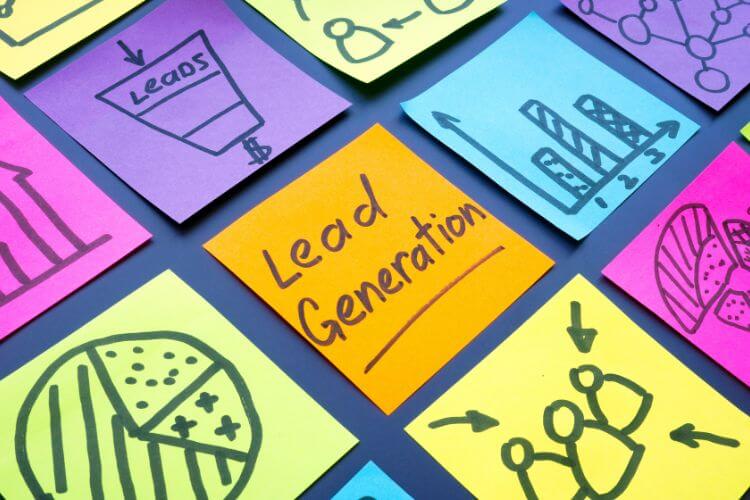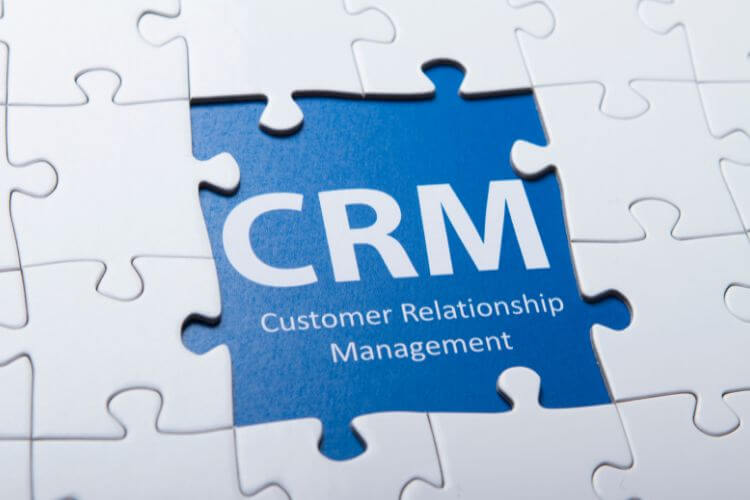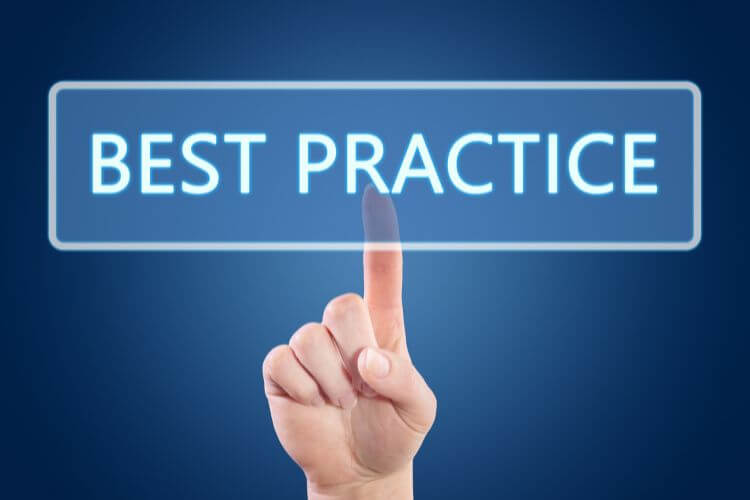Introduction
Many businesses, particularly in the cybersecurity and SaaS sectors, often face significant challenges in consistent lead generation. The constant struggle to convert leads into loyal customers is a pervasive issue. Investing heavily in manpower isn’t always viable, hence the growing need to scale lead generation while optimizing resources. This dilemma underscores the importance of marketing automation and strategies that help increase efficiency without necessitating larger teams. Solutions such as automated marketing strategies for lead generation are pivotal in overcoming these challenges. By embracing the capabilities of marketing automation, these strategies can effectively nurture prospects and boost productivity. A compelling fact from the Annuitas Group reveals that companies using marketing automation experience a staggering 451% increase in qualified leads.
This blog delves into five powerful automated marketing strategies to enhance your lead-generation efforts. These strategies include email automation, AI-powered lead scoring, chatbot engagement, CRM optimization, and multi-channel marketing automation. Implementing these strategies will position your business for growth in a competitive landscape by leveraging the best automated lead-generation tactics and other advanced tools.
Strategy 1: Utilize Email Automation for B2B Lead Generation

Utilize Email Automation for B2B Lead Generation
In the realm of B2B, deploying email automation is essential for streamlining lead generation processes. It not only simplifies lead capture but also enhances communication efficiency.
Automate Your Email Marketing Campaigns
Implement email marketing automation tools like Mailchimp or HubSpot to create automated sequences tailored to various buyer stages. The research shows that automated emails generated can yield 320% more revenue than non-automated alternatives.
Action Steps:
- Set up welcome emails for new leads to introduce your brand and establish contact.
- Develop drip campaigns that deliver consistent value and nurture leads over time.
Benefits:
- Saves time by automating repetitive aspects of email marketing.
- Maintains consistent engagement with your audience.
Personalize and Segment Your Email Lists
Utilize lead scoring and segmentation automation to effectively categorize leads based on their behavior and level of engagement. Personalization in email marketing plays a crucial role in enhancing customer experience.
Action Steps:
- Implement dynamic content that changes based on individual user interactions.
- Use segmentation techniques to tailor messages, thereby delivering personalized content to the target audience.
Benefits:
- Increases open rates and click-through rates by offering relevant content.
- Personalization elevates the quality of customer engagement.
Best Practices for Email Marketing Automation
- Continuously test different subject lines and content for optimal performance.
- Ensure that emails render well on mobile and adhere to regulations like GDPR and CAN-SPAM Act.
- Craft concise emails with clear calls to action for effective user engagement.
Strategy 2: Leverage AI-Powered Lead Scoring and Segmentation

Leverage AI-Powered Lead Scoring and Segmentation
AI-powered marketing automation tools are revolutionizing lead generation strategies. They add depth to lead scoring and segmentation, thus prioritizing efforts toward qualified leads.
Implement AI in Your Marketing Automation
Leverage advanced AI-powered marketing automation tools such as Salesforce Einstein or Leadspace to enhance your lead-scoring accuracy. A foundationinc report indicates that 75% of marketers consider AI integral to their data strategy. To explore how AI can transform your marketing efforts, check out our AI in Marketing.
Action Steps:
- Integrate AI algorithms that facilitate precise lead scoring and categorization.
- Harness predictive scoring models to identify and prioritize qualified leads.
Benefits:
- Refines focus on leads most likely to convert.
- Extracts insights that enhance decision-making and personalized content delivery.
Enhance Lead Nurturing Workflows with AI
AI technologies can supercharge lead nurturing workflows by executing timely and personalized follow-ups based on lead behaviors.
Action Steps:
- Use AI to automate personalization for more effective engagement.
- Establish AI-driven triggers that prompt responses based on user interactions.
Benefits:
- Accelerates engagement, leading to shorter sales cycles.
- Ensures a customer-centric approach at scale.
Addressing Common Objections
Some may perceive automation as cold and generic, but AI enhances, rather than diminishes, personal touches in customer engagement strategies. It offers personalized experiences that deepen relationships and trust.
Strategy 3: Engage Prospects with Chatbot Automation

Engage Prospects with Chatbot Automation
Chatbot automation is a game-changer in lead generation strategies by enabling instant and around-the-clock interaction with prospects.
Deploy Chatbot Lead Generation Strategies
Chatbot integration on websites via tools like Drift or Intercom can significantly enhance lead engagement. According to the IBM Watson blog, chatbots can manage 80% of common inquiries and improve response times significantly.
Action Steps:
- Deploy chatbots that initiate conversations and collect crucial lead data.
- Program them to offer solutions to frequently asked questions.
Benefits:
- Provides uninterrupted engagement, capturing leads beyond regular business hours.
- Enhances user experience with immediate responses.
Integrate Chatbots with Your CRM
Link chatbot data seamlessly with your CRM system to ensure thorough lead management and enrich insights for the sales team.
Action Steps:
- Automate follow-ups based on chatbot interactions, boosting workflow efficiency.
- Sync chatbot information with CRM to provide valuable context for sales engagements.
Benefits:
- Grants sales teams informed visibility of lead activities.
- Enhances response rates and efficiency in managing leads.
Strategy 4: Optimize CRM Automation for Sales and Marketing Alignment

CRM Automation for Sales and Marketing Alignment
Effective CRM automation serves as the backbone for aligning sales and marketing efforts, which is crucial for strategic success.
Streamline Lead Management with CRM Automation
CRM automation tools like Salesforce or Zoho CRM simplify critical tasks like lead assignment and updates. Organizations using automated lead management have reported revenue increases within 6-9 months. If you’re unsure whether your CRM stack is up-to-date, our 5 Signs Your SaaS Marketing Stack Is Outdated article can help you evaluate and optimize your tools.
Action Steps:
- Automate the assignment of leads to appropriate sales reps based on set criteria.
- Set up alerts for significant lead activities to ensure quick responses.
Benefits:
- Minimizes manual errors.
- Facilitates swift and accurate lead follow-up.
Align Sales and Marketing Efforts
Collaboration between sales and marketing teams is vital for consistency in messaging and enhancing lead conversion rates.
Action Steps:
- Promote data sharing across teams with integrated platforms.
- Define and monitor joint KPIs to drive collaborative goals.
Benefits:
- Ensures seamless brand messaging across functions.
- Improves the overall conversion rate.
Automate Reporting and Analytics
Automation of reporting and analytics enhances information flow, supporting informed decision-making processes.
Action Steps:
- Use tools to automate the generation and dissemination of performance reports.
- Schedule regular reports for timely updates to stakeholders.
Benefits:
- Saves considerable time in data processing.
- Facilitates strategic insights and business decisions.
Strategy 5: Implement Multi-Channel Marketing Automatio
Strategy 5: Implement Multi-Channel Marketing Automation
Achieving success in lead generation involves adopting a cohesive multi-channel approach, offering a unified brand experience.
Orchestrate Cross-Channel Campaigns
With marketing automation platforms like Marketo and ActiveCampaign, you can manage campaigns across emails, social media, and SMS, ensuring consistency in messaging. Understanding the strategic use of different marketing channels is essential; our Strategic Use Of Different Marketing Channels Affects – Mokshious post provides deeper insights into optimizing your marketing tactics.
Action Steps:
- Coordinate campaigns simultaneously across various platforms to maintain unified messaging.
- Use tools to manage consistent outreach on emails, social media, and other channels.
Benefits:
- Expands audience reach and bolsters engagement.
- Strengthens brand coherence and messaging.
Leverage Social Media Automation
Social media is vital for maintaining a robust online presence without necessitating a labor-intensive approach.
Action Steps:
- Use tools like Hootsuite or Buffer to schedule posts and maintain an active presence.
- Automate the handling of common inquiries through social media chatbots.
Benefits:
- Keeps your brand active with minimal manual intervention.
- Enables real-time audience interaction.
Personalize Content Across Channels Using AI
AI aids in tailoring content across channels, enhancing personalization based on interactions.
Action Steps:
- Analyze interactions to deliver custom content recommendations via AI.
- Utilize dynamic content changing with user engagement.
Benefits:
- Improves user experience and relevance of engagements.
- Boosts conversion likelihood.
Conclusion
By implementing these automated marketing strategies, you can effectively supercharge your lead generation efforts, ensuring your marketing initiatives are productive and aligned with contemporary competitive standards. Continuous optimization and selection of appropriate tools will enhance your marketing efforts, offering scalability and maintaining a competitive advantage. Addressing common concerns, automation not only allows for improved efficiency but bolsters personalization efforts, maximizing ROI while reducing costs. The transition from passive to proactive marketing by integrating impactful marketing automation tools. Take action and explore a free consultation or demo to discover how you can elevate your lead generation strategy today.
Additional Tips and Best Practices

Additional Tips and Best Practices
For successful lead generation, employing best practices and continuous optimization is essential.
Continuously Monitor and Optimize
Action Steps:
- Regularly assess analytics to gauge campaign effectiveness and make informed decisions.
- Conduct A/B testing for ongoing improvement of marketing tactics.
Benefits:
- Adapt to evolving market trends and demands.
- Ensure sustained effectiveness of marketing strategies.
Choose the Right Tools for Your Business
Action Steps:
- Evaluate marketing automation tools based on functionality, ease of use, and integration potential.
- Prioritize tools such as HubSpot, Pardot, and Marketo for seamless implementation and support.
Benefits:
- Optimize resource utilization and ROI.
- Simplify strategic implementations and scaling.
Stay Informed on Industry Trends
Action Steps:
- Engage with industry-leading blogs and participate in webinars to remain at the forefront of marketing strategies.
- Embrace emerging tactics and ideas for innovation.
Benefits:
- Stay ahead in the dynamic landscape of digital marketing.
- Inspire innovative solutions to unique business challenges.
